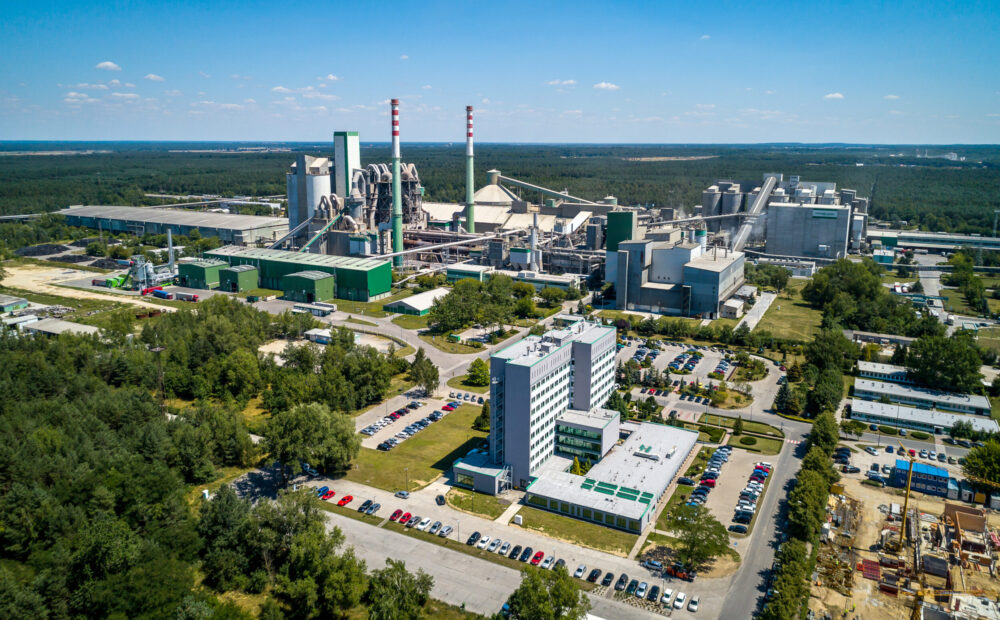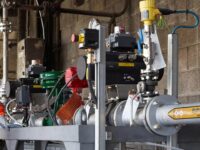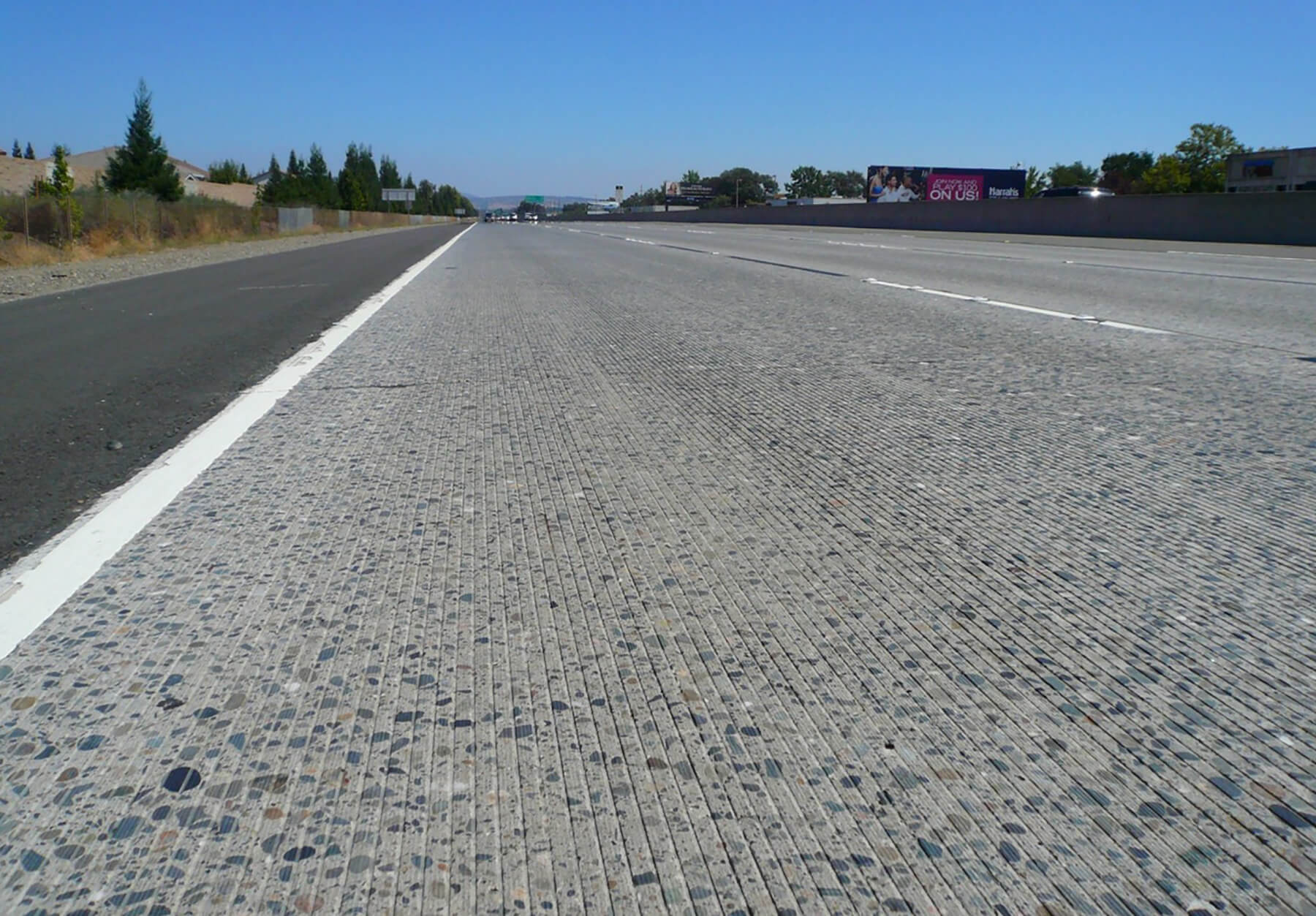The further development of CCUS pathways is a central part of HeidelbergCement’s carbon neutrality roadmap. Project ACCSESS has been officially presented by the coordinator Sintef Energi AS from Norway. A consortium of 18 industry partners and research organisations will collaborate in a range of activities to speed up deployment of CCUS and link CO2 emitters from mainland Europe to the storage fields in the Nordics. The program of 18 million € in total was rewarded €15 million out of the EU Horizon 2020 budget.
- Project ACCSESS, a consortium led by Sintef Energi AS, Norway, aims to significantly cut the costs of the CCUS value chain, and to link CO2-emitters from mainland Europe to storage fields in the North Sea
- As part of ACCSESS, HeidelbergCement will be the first company to pilot CCUS technology in Eastern Europe by demonstrating an innovative post combustion capture technology at its Górażdże cement plant in Poland
- Project ACCSESS has been funded with €15 million from the EU’s Horizon 2020 programme
For HeidelbergCement, the ACCSESS project comprises three focal points. In addition to testing the separation technology in Poland, HeidelbergCement and its partners will carry out a study to explore the optimal integration of a carbon capture unit at the Hanover plant in Germany. The third pillar focuses on all aspects of transporting CO2 from sites in mainland Europe to Norway, including all regulatory aspects of cross-border CO2 transport. The consortium will develop transport systems from the Hanover and Górażdże cement plants to the Northern Lights storage facility in Norway – a joint project by the oil and gas companies Equinor, Shell and TotalEnergies.
The ACCSESS project is slated for a duration of 48 months, from May 2021 to April 2025. It is being coordinated by Sintef and other 17 partners from academia and industry.














